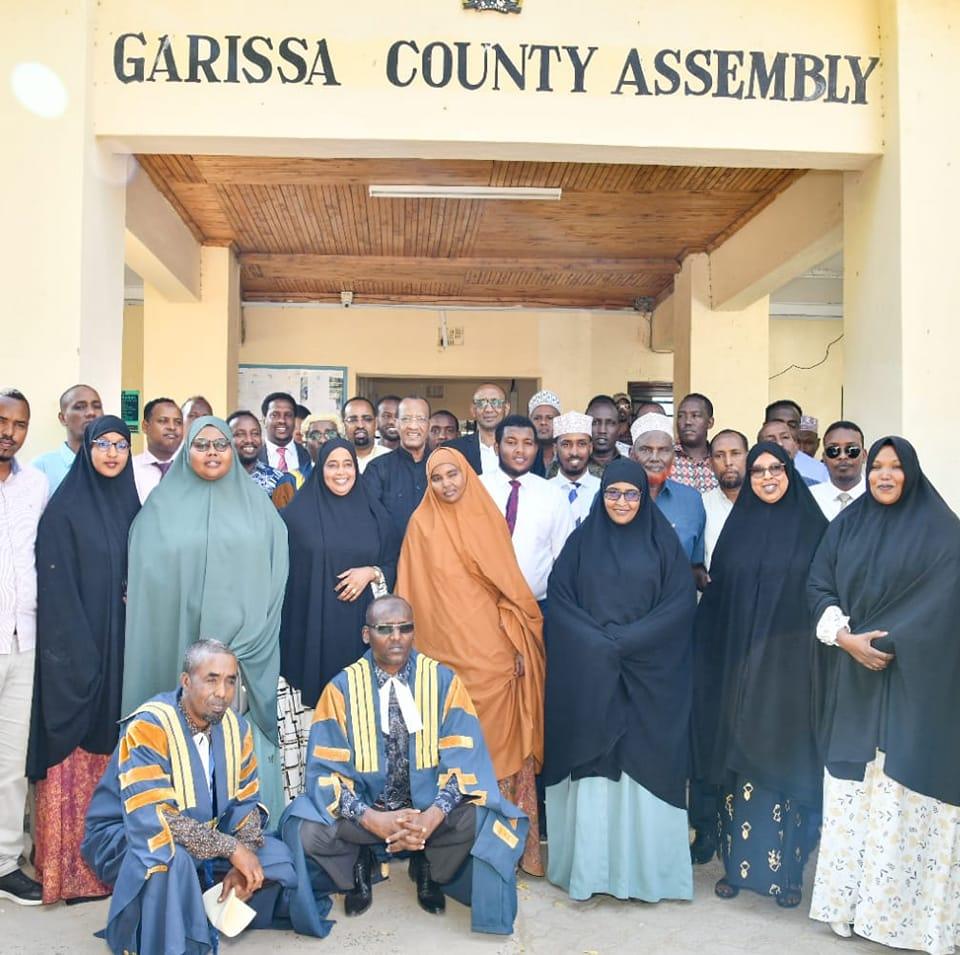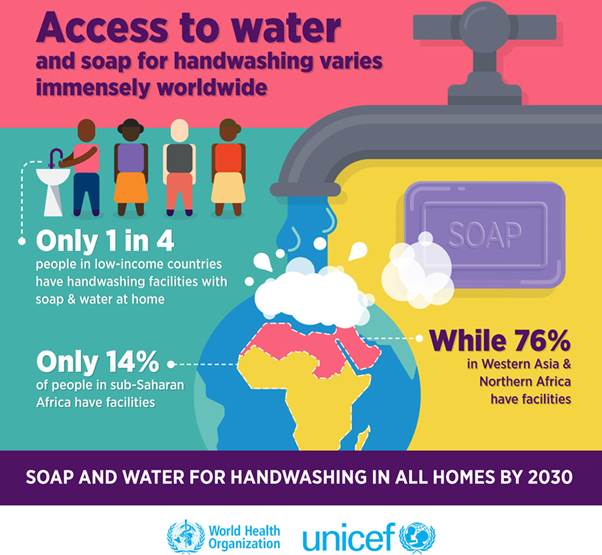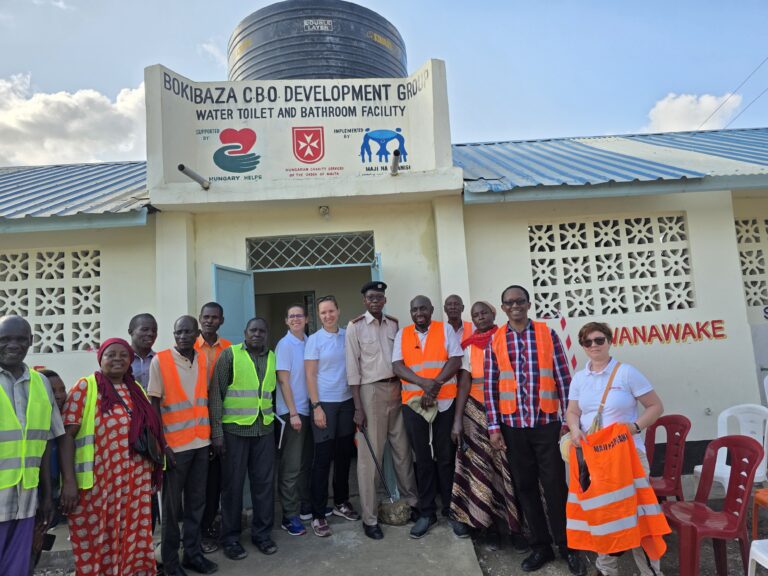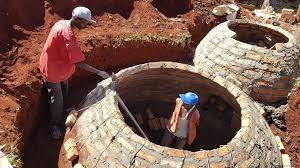Water scarcity is one of the most pressing challenges facing the world today, especially in arid and semi-arid lands (ASAL) where limited rainfall and drought threaten livelihoods. In these regions, communities struggle to access clean water, leading to poor sanitation, health issues, and a diminished quality of life. Addressing these issues requires innovative approaches to water management that ensure sustainability, climate resilience, and community involvement.
In this article, we’ll explore some of the most effective water management innovations that have been successfully implemented in ASAL regions, and how organizations like Maji Na Ufanisi are contributing to these efforts.
A Detailed Explanation of Water Management in ASAL Regions
Water management in ASAL regions is particularly challenging due to the unique climatic and environmental conditions. With low and unpredictable rainfall, traditional water sources like rivers and lakes are often insufficient, leading to reliance on alternative water supplies. However, innovative approaches have emerged to address these challenges, leveraging both modern technology and traditional knowledge.
1. Rainwater Harvesting Systems
In areas where rainfall is scarce but periodic, rainwater harvesting offers a viable solution. This method involves capturing and storing rainwater during the rainy seasons for use during the dry periods. Simple structures like rooftop collection systems, underground tanks, and surface reservoirs are designed to capture and store water. This stored water can then be used for household consumption, irrigation, and livestock watering.
Rainwater harvesting is particularly beneficial in ASAL regions because it provides a localized and cost-effective water source, reducing the need for long-distance water transport. Communities in ASAL areas, especially in Kenya, have successfully implemented rainwater harvesting systems to enhance their water security.

2. Solar-Powered Water Pumps
Accessing groundwater is a challenge in ASAL regions where electricity is scarce and unreliable. Solar-powered water pumps offer a sustainable and environmentally friendly solution to this problem. These pumps use solar energy to draw water from underground aquifers, providing a reliable source of water even in remote areas.
Solar-powered water pumps have been widely adopted in ASAL regions of Africa and Asia, where they not only provide a consistent water supply but also reduce the carbon footprint associated with diesel-powered pumps. This technology is particularly useful in supporting agriculture and ensuring water access for livestock.
3. Desalination Technologies
Coastal ASAL regions often have access to seawater but lack the infrastructure to make it potable. Desalination technologies, which remove salt and impurities from seawater, are a growing solution to this problem. While traditionally expensive and energy-intensive, advancements in technology have made desalination more affordable and accessible to low-income regions.
In Kenya, desalination plants are increasingly being used to provide clean drinking water in coastal ASAL areas, offering a lifeline to communities who would otherwise have no access to safe water.
4. Fog Harvesting
Fog harvesting is an innovative method of capturing moisture from the air and converting it into usable water. In some ASAL regions, despite low rainfall, there is significant fog during certain times of the year. By installing large mesh structures that capture fog droplets, communities can collect substantial amounts of water.
This technique has been successfully used in parts of South America, the Middle East, and Northern Africa. Its potential in ASAL regions like northern Kenya, where fog is present due to proximity to the Indian Ocean, is promising.

5. Smart Irrigation Systems
Efficient water use in agriculture is essential for food security in ASAL regions. Traditional irrigation methods often result in water wastage, further straining limited water resources. Smart irrigation systems, which use sensors and data analysis to deliver water precisely when and where it’s needed, have revolutionized agriculture in water-scarce areas.
Drip irrigation, for instance, delivers water directly to plant roots, minimizing evaporation and ensuring optimal water use. This technology is being adopted in ASAL regions to improve crop yields while conserving water.
Here’s everything else you need to know about how these water management innovations are making a difference in ASAL regions:
Community Involvement and Capacity Building
One of the key factors in the success of water management innovations is community involvement. In ASAL regions, local communities must be engaged in the planning, implementation, and maintenance of water projects. Capacity building through training and education ensures that these innovations are sustainable in the long term.
Organizations like Maji Na Ufanisi (MNU) play a critical role in empowering communities in ASAL regions by providing training on water management techniques and ensuring that local residents have the skills to maintain water systems. This approach not only ensures the success of water projects but also fosters a sense of ownership and responsibility among community members.
Addressing Climate Change in ASAL Regions
ASAL regions are particularly vulnerable to the impacts of climate change, with rising temperatures and unpredictable rainfall patterns exacerbating water scarcity. To mitigate these effects, climate-resilient water management strategies must be integrated into development plans.
Innovations like drought-resistant crops, water recycling systems, and the protection of natural water sources are crucial in building resilience against climate change. MNU, through its climate change programs, has been at the forefront of promoting sustainable water use and conservation efforts in Kenya’s ASAL regions.
Policy Advocacy and Government Collaboration
For water management innovations to be widely adopted, supportive policies and regulations must be in place. In ASAL regions, government agencies play a pivotal role in ensuring that water infrastructure projects are prioritized and adequately funded.
MNU has been actively involved in policy advocacy, working with both national and county governments to develop water management strategies that benefit marginalized communities. By influencing water governance and promoting accountability, MNU helps ensure that water projects in ASAL regions are not only sustainable but also equitable.
Maji Na Ufanisi’s Contributions to Water Management in ASAL Regions
Maji Na Ufanisi (Water and Development) has been at the forefront of water management in Kenya, particularly in ASAL regions. With over 27 years of experience in WASH (Water, Sanitation, and Hygiene) interventions, MNU has developed and implemented several innovative water management solutions tailored to the needs of ASAL communities.
MNU’s projects, such as rainwater harvesting and solar-powered water systems, have directly benefited thousands of people in Kenya’s ASAL regions by providing clean and reliable water sources. Their work also extends to capacity building, where they train community-based organizations (CBOs) to manage and maintain water systems, ensuring long-term sustainability.
In collaboration with local governments and international partners, MNU is also involved in policy advocacy aimed at improving water governance in ASAL areas. By advocating for climate-resilient water policies, MNU ensures that ASAL communities are better equipped to deal with the challenges posed by climate change.

How Maji Na Ufanisi is Leading Change
- Rainwater Harvesting Projects: MNU has installed rainwater harvesting systems in schools and communities across ASAL regions, providing a reliable source of water for drinking and irrigation.
- Solar-Powered Pumps: By installing solar-powered water pumps, MNU ensures that remote communities in ASAL regions can access groundwater without relying on costly and polluting diesel-powered pumps.
- Capacity Building: MNU has trained hundreds of community leaders and CBOs in water management practices, ensuring that water systems are well-maintained and sustainable.
- Policy Advocacy: MNU works closely with government agencies to advocate for policies that prioritize water access and resilience in ASAL regions.
Conclusion
Water management innovations are crucial for addressing the challenges faced by ASAL regions. By implementing technologies like rainwater harvesting, solar-powered pumps, and smart irrigation, communities can achieve greater water security and resilience to climate change. Maji Na Ufanisi continues to lead these efforts, empowering communities and ensuring sustainable water access for all.
FAQs
- What is ASAL?
ASAL stands for Arid and Semi-Arid Lands, regions characterized by low rainfall and high temperatures.
- Why is water management important in ASAL regions?
Water management is crucial in ASAL regions due to the scarcity of water resources, which affects health, agriculture, and livelihoods.
- What are some innovations in water management?
Innovations include rainwater harvesting, solar-powered water pumps, desalination, fog harvesting, and smart irrigation systems.
- How does climate change affect ASAL regions?
Climate change exacerbates water scarcity in ASAL regions through unpredictable rainfall and prolonged droughts.
- What is Maji Na Ufanisi’s role in water management?
MNU provides innovative water solutions and capacity-building programs to improve water access in Kenya’s ASAL regions.
- How does rainwater harvesting work?
Rainwater harvesting involves collecting and storing rainwater from roofs or surface catchments for later use.
- What is fog harvesting?
Fog harvesting captures moisture from the air using mesh nets to provide water in areas with frequent fog.
- Are solar-powered water pumps effective in ASAL regions?
Yes, they are an efficient and sustainable solution for accessing groundwater in areas without reliable electricity.
- What role does policy play in water management?
Policy is essential for funding and prioritizing water management projects in ASAL regions, ensuring equitable access.
- How can communities get involved in water management?
Communities can participate in training programs, maintain local water systems, and advocate for improved water governance.



